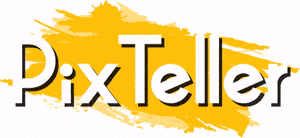How to Improve Visual Content as Your Most Important Marketing Strategy
Out of all our five senses, we process information from the other senses, primarily by sight. Therefore to ignore visual content marketing is to ignore the most potent access into human emotion and decision-making. So how do you build an effective visual content marketing strategy that guarantees a return on investments?
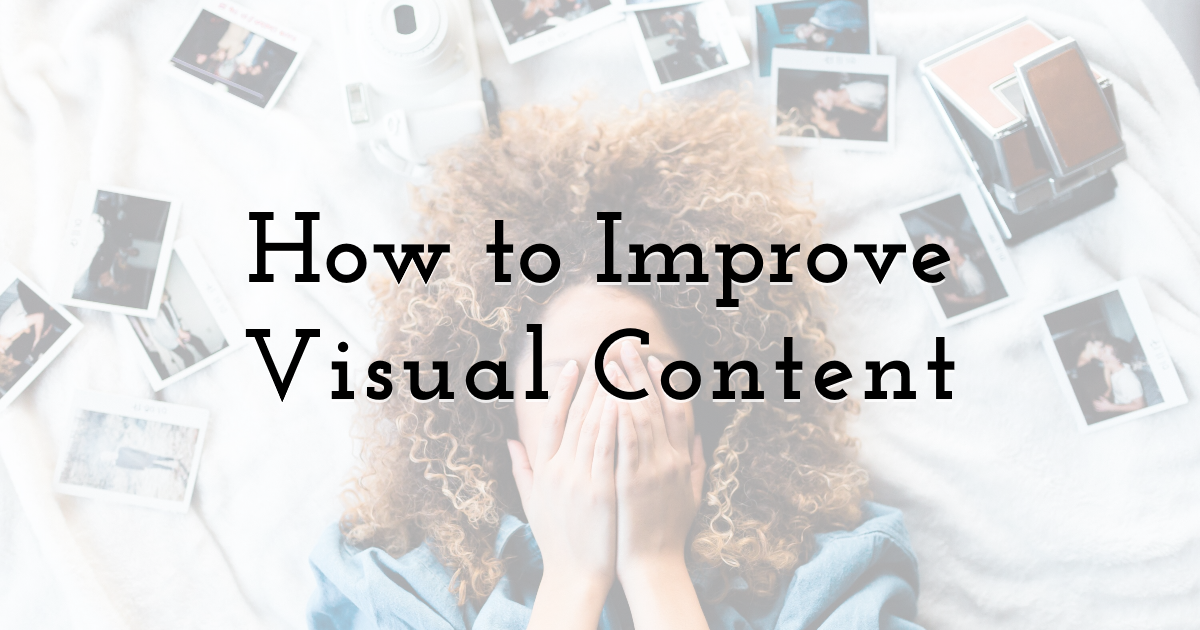 Make your own visual content with PixTeller photo editor
Make your own visual content with PixTeller photo editor
It is safe to say that gone are the days when marketing campaigns were restricted to gathering around an idea board as a team, or even worse, staring at your screen for hours with no results. More brands are operating via eCommerce, and we expect to see more businesses move into the digital landscape in the coming years, with the aid of digital visual content marketing tools that can help your brand attract the right customers and give you an edge over your competitors.
Now you might be wondering how to build or improve on your visual content marketing strategy. Not to worry, I'll be giving you several tips you can use to enhance your brand's customer engagement using visual content on your website's blog and social media accounts.
-
Visual content Isn't Confined to Only Images
Most marketers' broad misconception is that images are the only visible element to include when creating content. This isn't true. The invisible character also plays an important role in text formatting and the way content is perceived, especially when it comes to user experience and search engine optimization.
The fantastic part is that irrespective of your budget, it's now easier to utilize other forms of visual content. Meaning you can include any of the following excellent visual elements for your content:
- • 3D charts and graphs
- • Custom-made images
- • Infographics
- • Gifs, Animations and Memes
- • Slideshows
- • Illustrations
- • Screengrabs or Screenshots
- • Embedded posts from social media channels
- • Videos, etc.
Also, it's alright to mix up the visuals, so your content comes more compelling. Besides, making use of several types of visual content makes your website or social media page look updated without the need for a significant overhaul.
-
Organize Your Goal for Visual Content

Before you go cluttering your page with several visual contents, you must have a clear idea of your strategy. Least your message gets lost in translation.
I'll advise that marketers go for clean and minimal visual content campaigns. To achieve well designed visual content, you need to identify:
- • Why do you need to use visual content for your brand's marketing strategy?
- • What will be the benefits of visual content marketing to your brand?
- • What are the results you expect from using visual content marketing strategy?
The reasons for using visual content to push your brand can be multifaceted. The more common reasons could involve:
- • Proving information to educate your consumers.
- • To increase engagement with new and old customers.
- • To promote your brand's product or service.
- • To improve your customer service.
- • To generate more leads that can turn into conversions, etc.
Additionally, you should take a look at your previous marketing strategy and impact. This will help you develop a better visual content marketing strategy.
What's the likelihood of your effort generating more leads, views, shares, profits, referrals, etc.? Tools like Google Analytics will allow you to track and evaluate the changes and success of your new strategies.
-
Consider the Statistics
As a marketer, you work with facts and data over empty words or promises, which is why taking a critical look at statistics will go a long way toward improving your visual content marketing strategy.
Statistics show that 80% of marketers make use of visuals for their social media marketing, and video content has surpassed blogging in terms of content marketing asset popularity.
Furthermore, star marketer Jeff Bullas on his blog, states that articles that include images get 94% more views than those without images. Also, a Wyzowl survey showed that out of every ten users, eight users bought a piece of software or application after viewing Wyzowl's advert via video.
Additionally, a survey lead by Software Advice and Adobe showed tactics for optimizing content and the importance of using images or photos as follows:
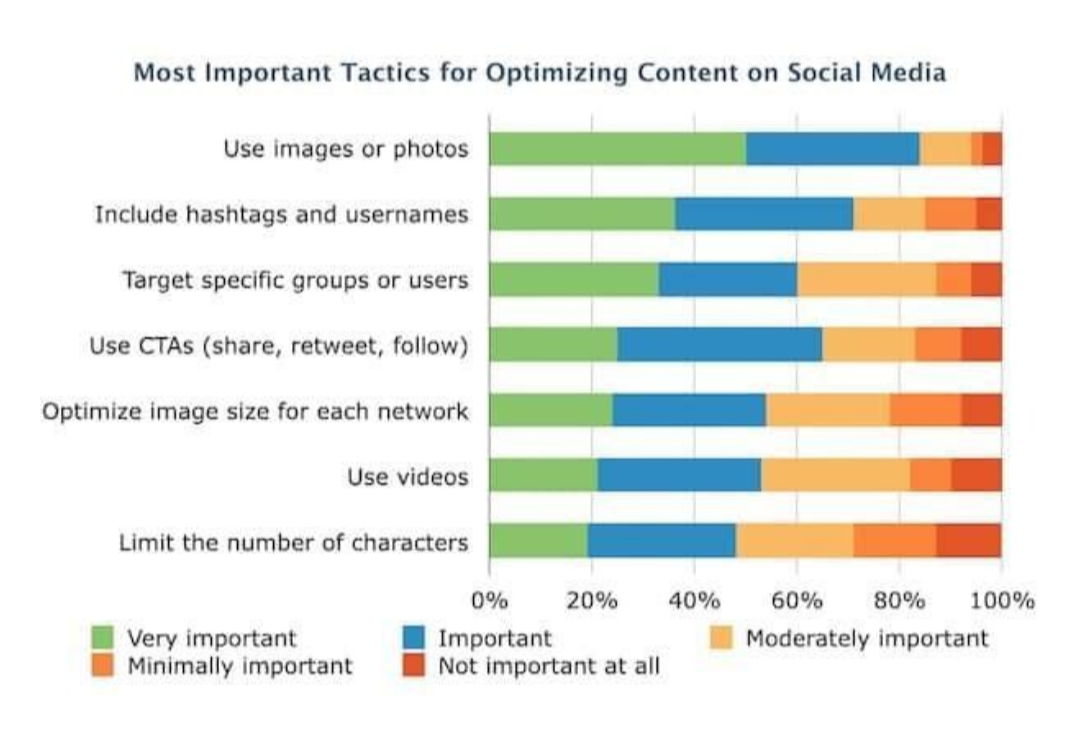
- • Video content can increase conversions on a landing page by 86%.
- • 65% of top marketing executives agree that photographs, videos, illustrations, and infographics are essential for brands that want to share their stories with the audience.
- • Posts containing videos get over three times more inbound links.
-
Use Infographics to Visualize Complex Data
Adding infographics to your visual content is useful when you have complex data and statistics but need to make it look compelling and easy to read. For instance, if a custom writing service company such as Online Writers Rating wants to share demographics on the types of papers and dissertations they write, infographics will be the way to go.
In addition to diligent marketing, infographics can become an integral part of your content marketing strategy. Thus, to get the best out of using an infographic, the layout and design must be as impactful as possible. Your designs should contain the right colors, shapes, and fonts that capture the audience's attention and conveys your vital data.
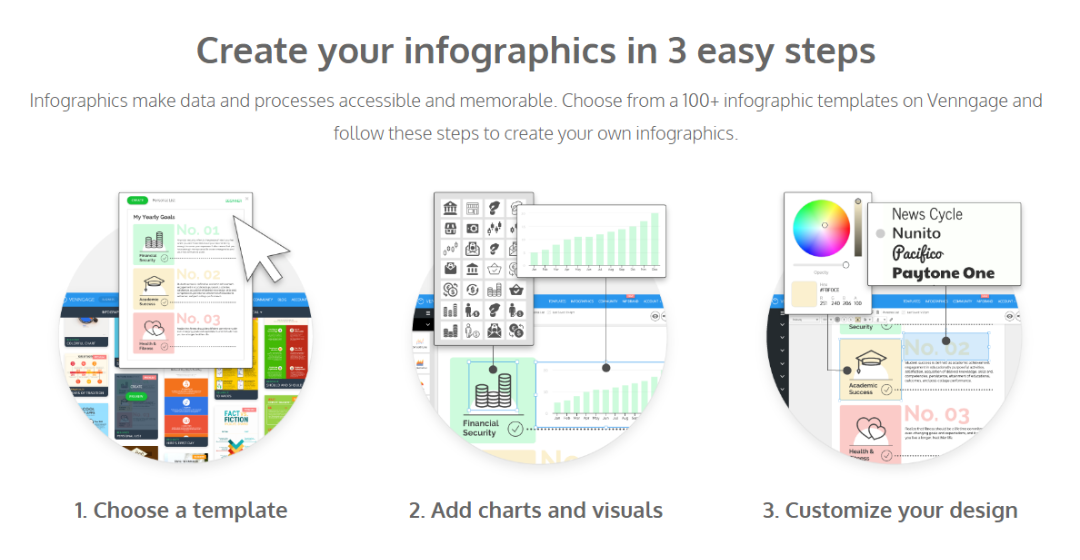
Furthermore, the information needs to be accurate (peer-reviewed sources are handy) and also contextually relevant.
If you are making use of your infographics on social media, consider including a thumbnail image and a hyperlink to the website that hosts the full picture. It enables you to bypass any social media size restrictions and increases website traffic (and inbound links). Some tools to create infographics include Venngage, Piktochart, Infogr.am, or Tableau.
-
Post only High-Quality Images
The digital space has become highly oversaturated with content, so you need to come up with great ways to let yours stand out and grab readers' attention. You can do this by breaking up the body of your text with high quality and compelling images. It makes your readers' more inclined to go through your whole page.
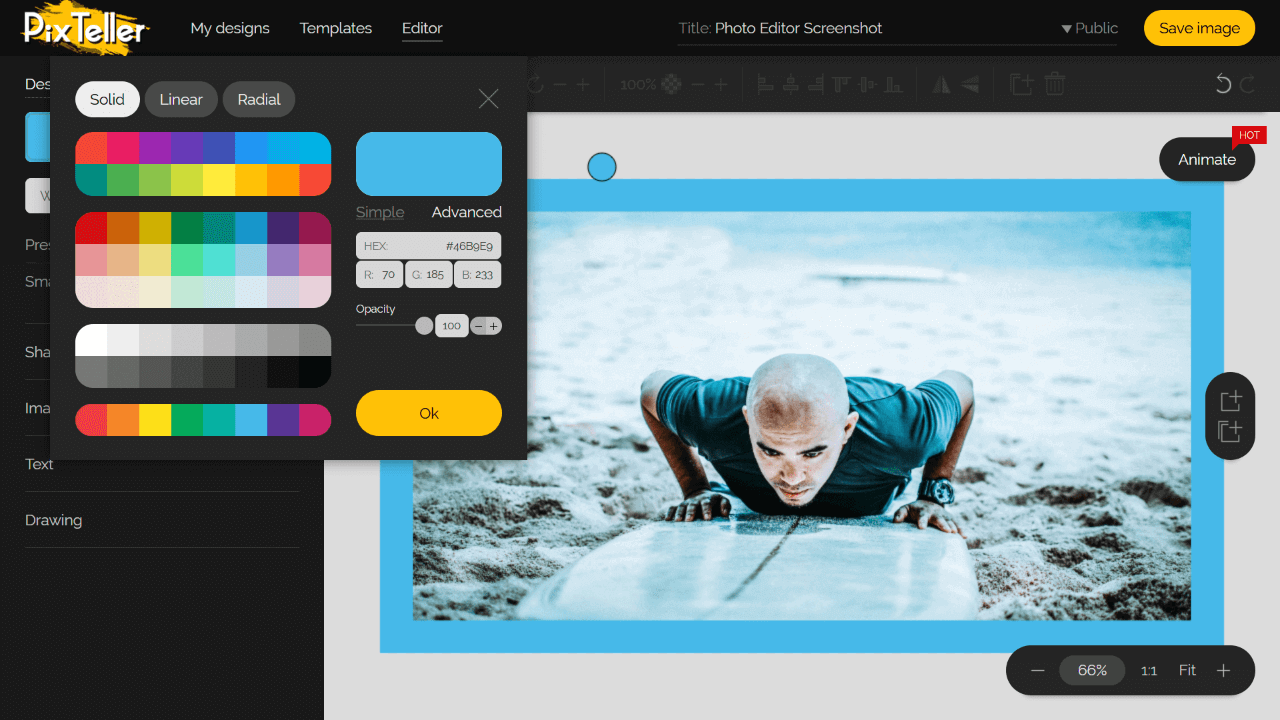 You should try PixTeller photo editor to make images for your blog posts
You should try PixTeller photo editor to make images for your blog posts
When using visuals to give life to your text also make sure that the images provided are not only high quality but also contextually relevant. Brands that use content with related pictures get 94% more views than brands that use irrelevant pictures.
For instance, related images on a paper writing service website such as Best Writers Online will contain writing materials, books, essays, a person on a computer, etc. If the site carries images of a couple on vacation or flower gardens, then the content gets fewer interactions.
Making use of personal images is a great way to add a personal touch to your content. However, you can also use resources such as PixTeller, Flickr, Pixabay, or Pexels that provide you with unique and captivating HD-images. Just make sure you include the photo source whenever you make use of it.
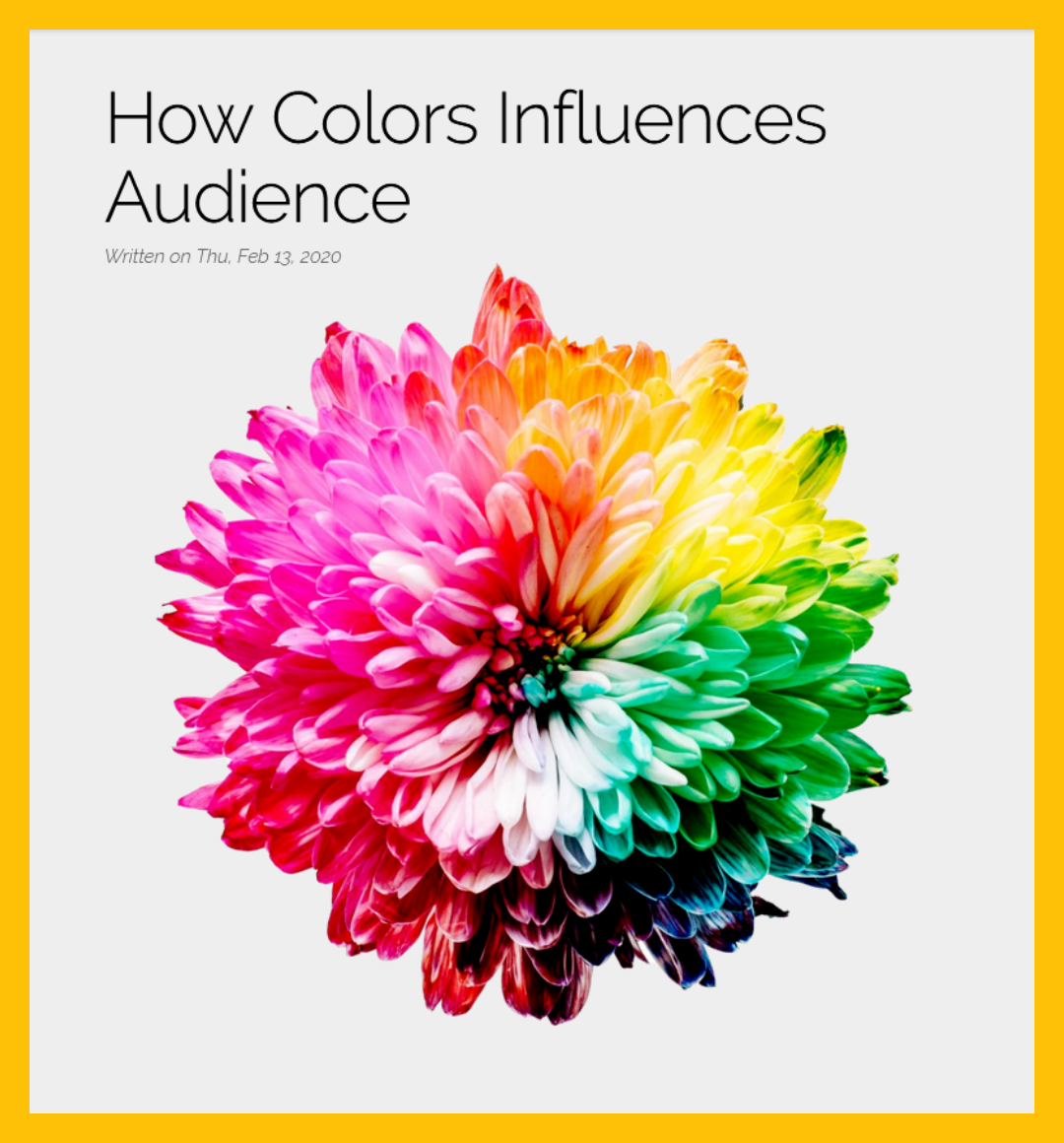 The above image is a screenshot of one our blog post:
The above image is a screenshot of one our blog post:
How Colors Influences AudienceYour featured images can be placed at the beginning of your post, span the width of the written content, or text wrapped around the featured image. By doing this, people quickly make snap decisions about your page content and decide whether to keep reading or not.
-
Utilize Social Media Platforms of Optimal Visual Impact
The impact of social media on brand and consumer interaction is rather interesting. Besides being a premium channel that increases brand awareness and improves customer engagement, using social media also gets the best results for your visual content marketing campaigns.
More than 45% of the world's population is on social media, and the numbers keep growing. Therefore, It is crucial to market your content on popular social platforms such as Facebook, Instagram, Twitter, Pinterest, and YouTube, so you get to reach more customers and easily promote your brand.
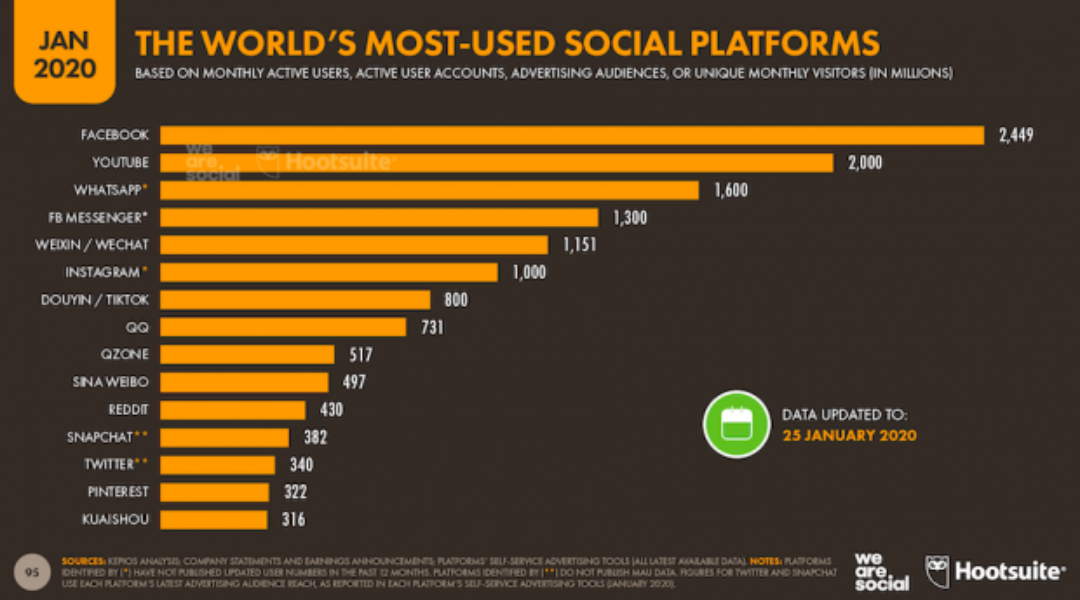
When developing visual content marketing and social media strategies to reach more customers, you need to consider the following:
- • Use social media channels that align with your brand's product or service.
- • Put up visuals that are compelling and make your audience want to explore more on your website.
- • For products or services that are more visually-driven, Instagram will be appropriate. And for video content YouTube, Tik Tok, or, Likee will do.
- • Utilize the visually appealing buy-buttons, which are an essential feature on social media to generate sales. The buy-button can create an automatic link to your website.
- • Grow your live videos and podcast content. The Live-streaming industry is growing exponentially. By 2021, it is expected to be worth more than $70 billion.
Conclusion
The strategies on improving your visual content as a part of an effective inbound marketing campaign are inexhaustible. However, the ones listed above can be quickly adapted to give your business increased marketing leverage, especially for small businesses with limited resources.
Until next time, Be creative! - Pix'sTory made by Aaron Swain
Aaron Swain is a writing specialist. He is passionate about marketing and SEO. He expands and improves his skills throughout the writing process to help and inspire people.
Recommended posts
-
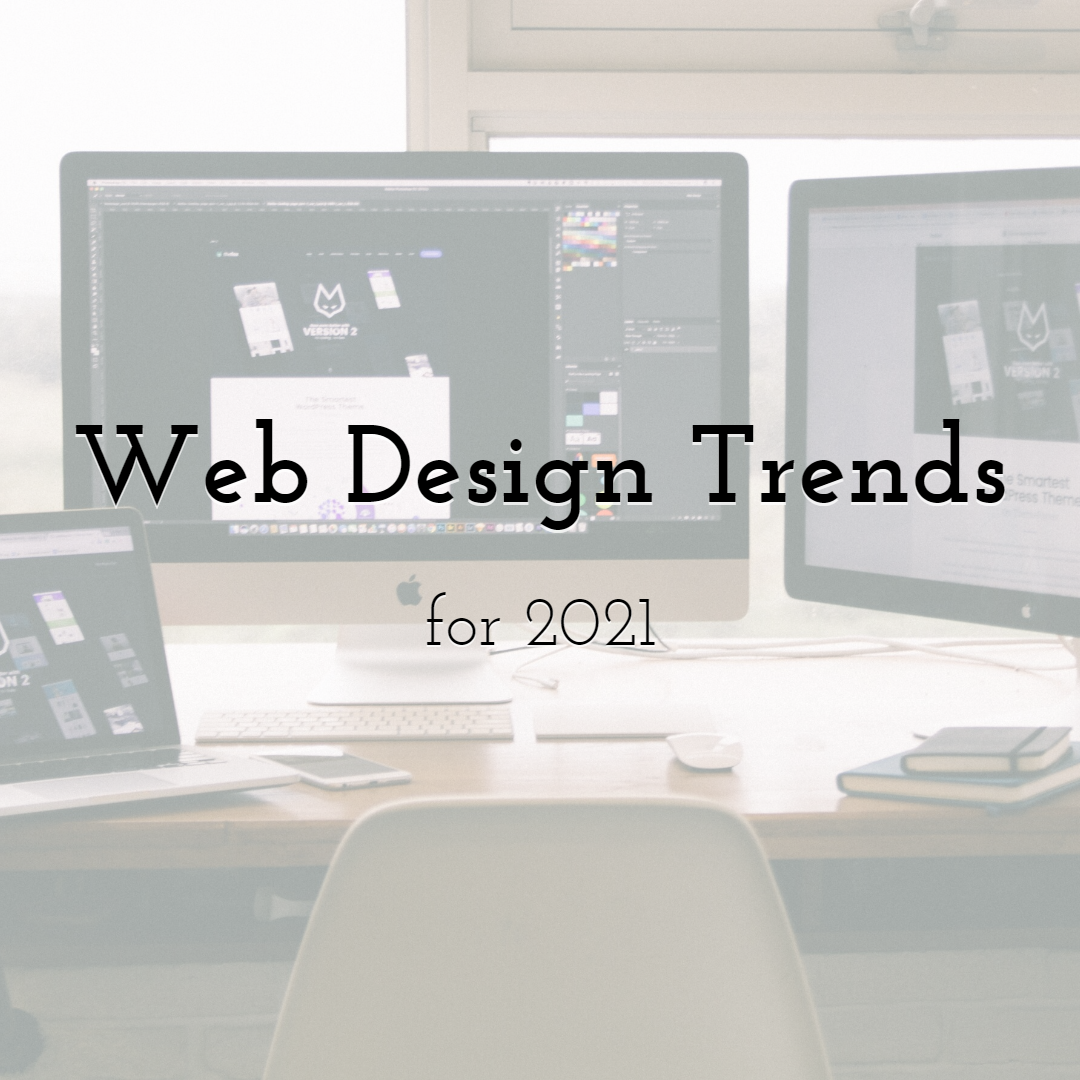
Web Design Trends that will Completely Dominate in 2021
Read More › -
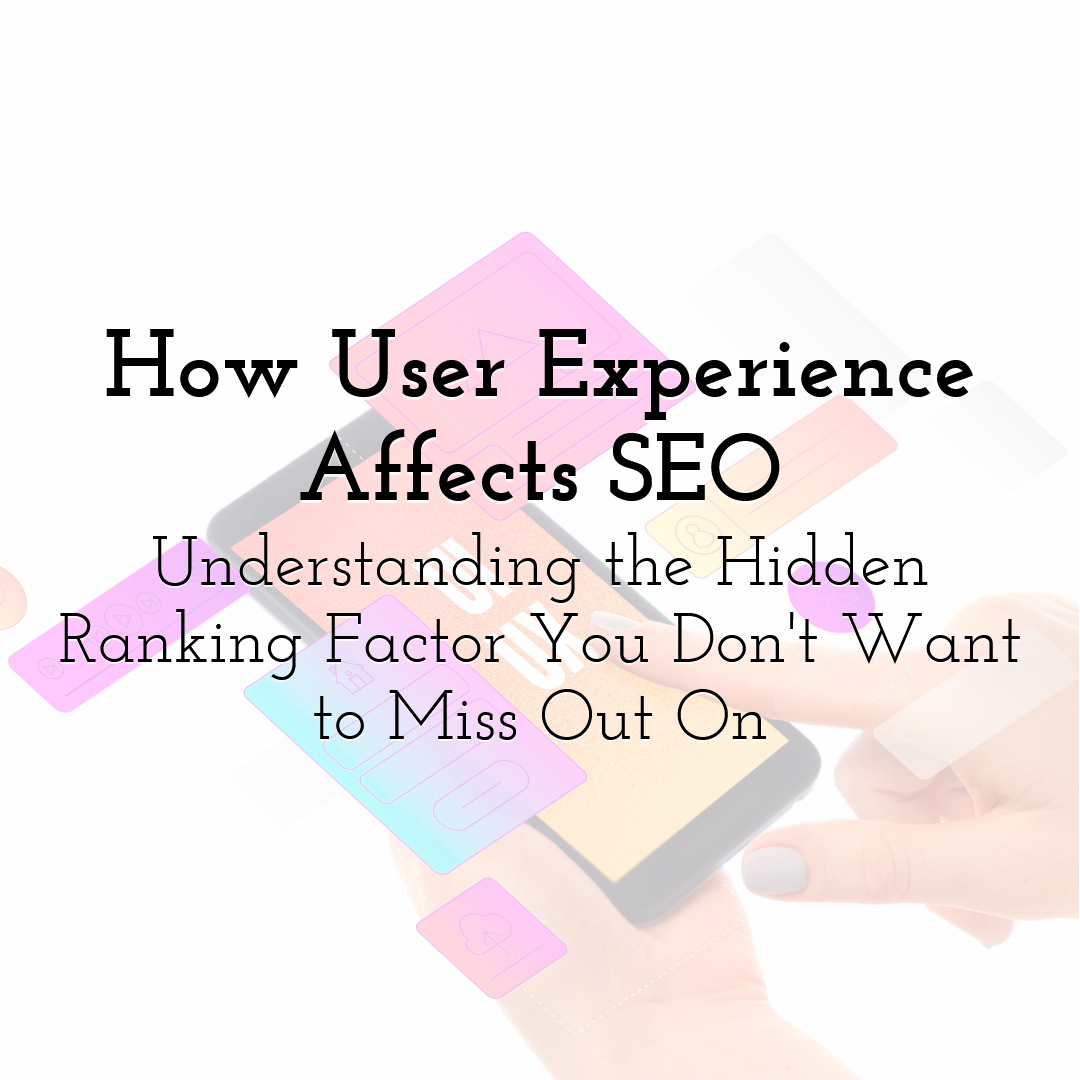
How User Experience Affects SEO: Understanding the Hidden Ranking Factor...
Read More › -
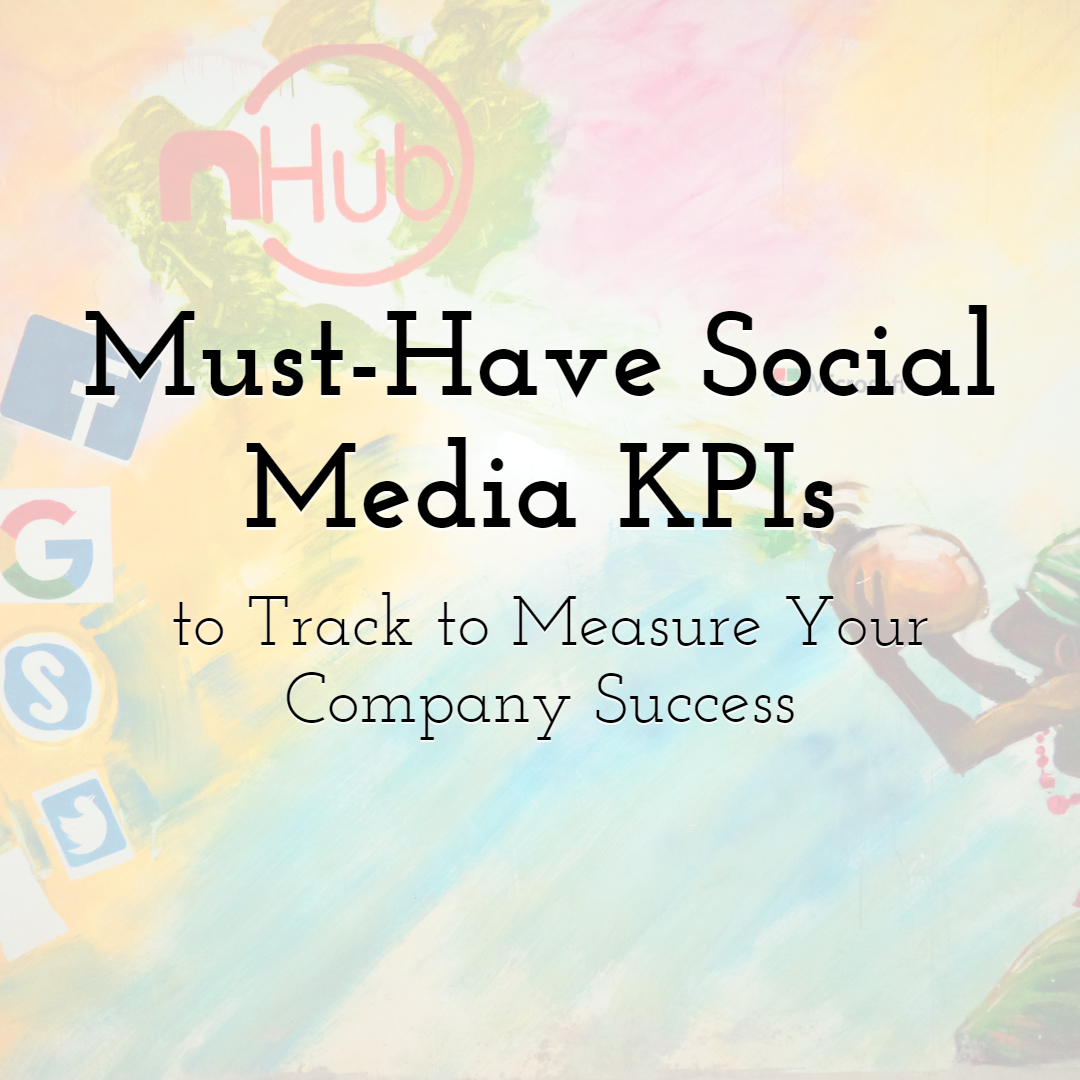
Must-Have Social Media KPIs to Track to Measure Your Company Success
Read More › -
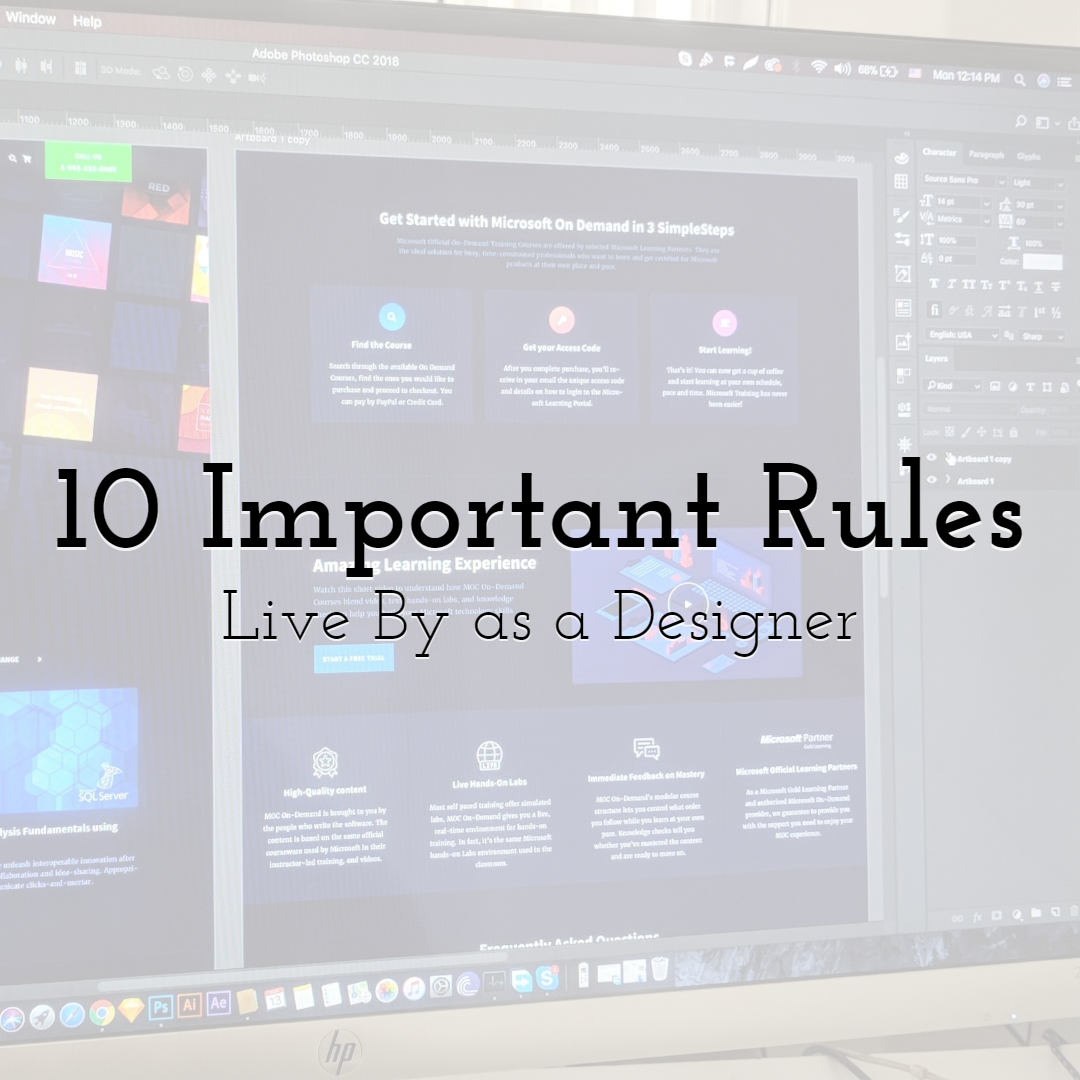
10 Important Rules to Live By as a Designer
Read More › -

Everything You Need to Know About the Helvetica Font Family
Read More › -
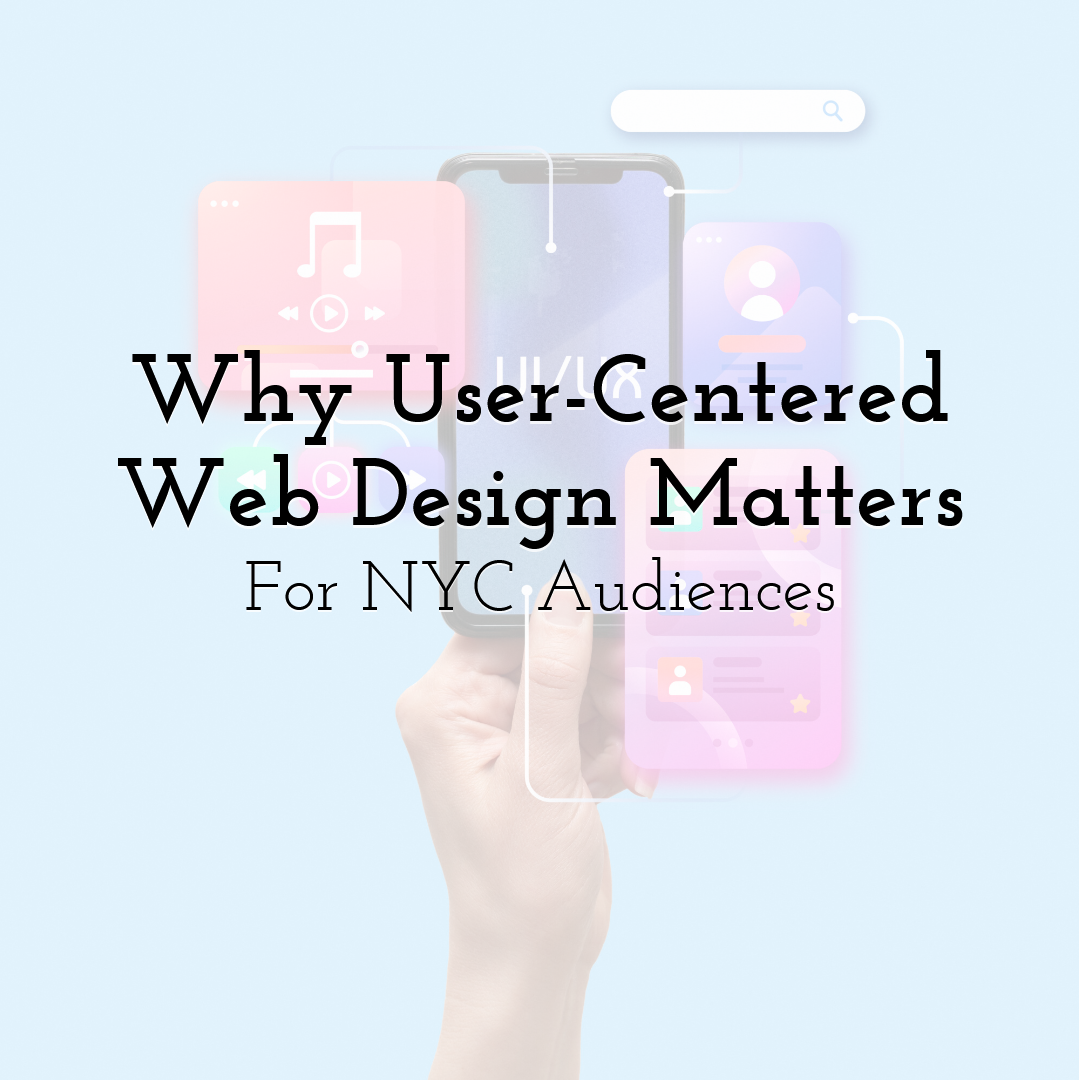
Why User-Centered Web Design Matters For NYC Audiences
Read More ›
